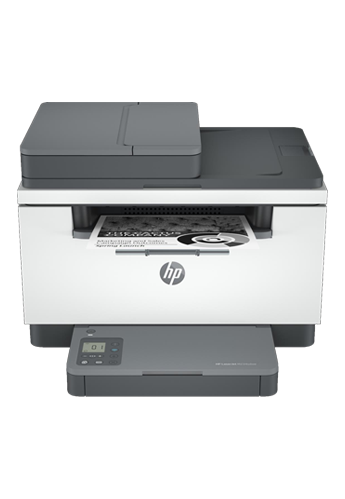- 1151 Walker Rd STE#100, Dover, Delaware, 19904, USA
- contact@geekbuds.tech
Are you struggling to connect your Canon printer to WiFi? Don’t worry! In this comprehensive guide, we’ll show you how to connect Canon printer to WiFi in just a few easy steps, so you can enjoy wireless printing in no time.
Whether you're setting up a new printer or troubleshooting your existing one, this guide covers multiple methods, such as using the control panel, WPS (WiFi Protected Setup), and even the Canon PRINT app. By the end of this guide, your Canon printer wireless connection will be ready to use, allowing you to print from anywhere within your network.
Let’s dive in and resolve your Canon printer network setup challenges efficiently. With just a few simple steps, you'll have your Canon printer connected and ready to go.
Before jumping into the actual setup process, there are some important preparations you should make to ensure a smooth connection. Properly setting up your Canon printer is essential for ensuring that your Canon printer wireless connection is stable and functional.
Getting these details right from the start will save you time and prevent connectivity issues later.
This method is ideal for users who prefer a hands-on approach to their Canon WiFi printer setup. It provides a straightforward process, especially when the printer is placed close to the router.
WPS is an excellent option if you want to connect Canon printer to WiFi without needing to enter the network password. This method is useful for those with routers that support WPS.
Using WPS is one of the fastest and easiest ways to achieve a Canon printer wireless connection. It's perfect for those who want to bypass entering passwords manually.
If you prefer managing your printer through your smartphone or tablet, the Canon PRINT app offers a user-friendly way to complete your Canon WiFi printer setup. This method is perfect for mobile users who frequently print from their phones or tablets.
The Canon PRINT app simplifies the Canon printer network setup process, making it convenient to manage your printer directly from your mobile device.
Even after you’ve followed all the steps to connect Canon printer to WiFi, some issues may still arise. Here are some common problems and how to solve them:
By addressing these common issues, you can quickly troubleshoot any difficulties that arise during your Canon WiFi printer setup.
By following these simple methods, you can successfully connect Canon printer to WiFi in just a few minutes. Whether you use the control panel, WPS, or the Canon PRINT app, the process is straightforward, ensuring that your Canon printer wireless connection is stable and reliable. Enjoy the flexibility of printing wirelessly from any device, anywhere in your home or office.
Need help with your printer setup? If you're struggling with your Canon WiFi printer setup, don't hesitate to reach out to Geekbuds for expert assistance. Whether you’re dealing with driver installations, WiFi issues, or other setup problems, Geekbuds is here to ensure your printer runs smoothly and efficiently.
You can use the Canon PRINT app or WPS method to connect the printer directly from your mobile device.
This could be due to weak signal strength, interference, or outdated firmware. Try relocating your router or updating the printer's firmware.
Yes, once the printer is connected to WiFi, any device on the same network can print wirelessly.
The SSID (network name) is typically printed on your router, or you can check your device's WiFi settings.
Make sure your router is broadcasting the correct frequency (2.4 GHz), and try restarting the printer and router.
Visit Canon's official website and enter your printer model to download the latest firmware.
Not necessarily, but reinstalling or updating drivers can improve performance.
Yes, once your Canon printer is connected to WiFi, you can print from any device on the same network, including smartphones.
Printer Installation Service | Wireless Printer Setup Service | HP Printer Repair | Canon Printer Repair | Brother Printer Repair | Epson Printer Repair | Pixma Printer Repair | Zebra Printer Repair | Xerox Printer Repair | Copier Printer Repair
Printer Repair Los Angeles | Printer Repair Austin | Printer Repair New York | Printer Repair Brooklyn | Printer Repair Houston | Printer Repair Denver | Printer Repair Chicago | Printer Repair USA
Canon Printer Setup | Canon MG3620 Setup | Canon TS3522 Setup | Canon MG3600 WiFi Setup | Canon MG3620 WiFi Setup | How to Connect Canon Pixma TS3522 to Computer | Install Canon Printer Driver | Canon Printer Printing Blank Pages | How to Connect to Canon Pixma Printer | Canon Printer Won't Connect to WiFi | Canon TS3522 Connect to WiFi | How to Connect Canon Printer to WiFi
We believe our customers are our priority. If you have any question or need assistance please contact us.
Get in Touch